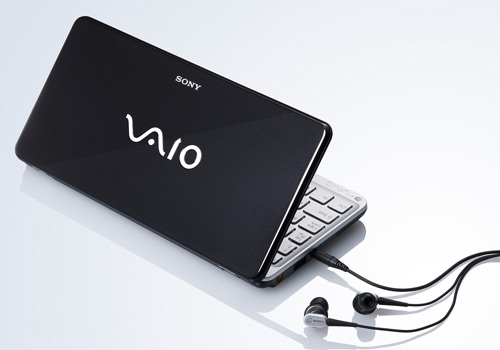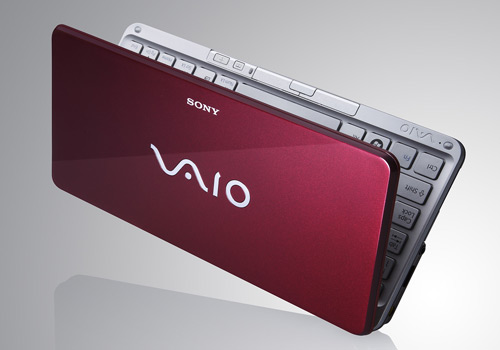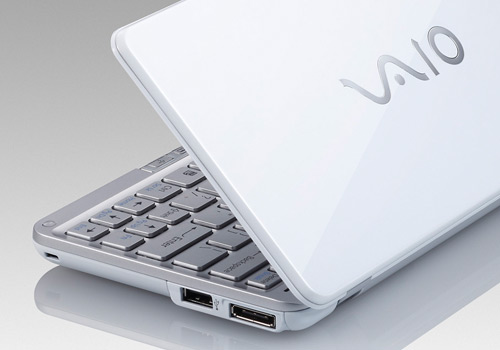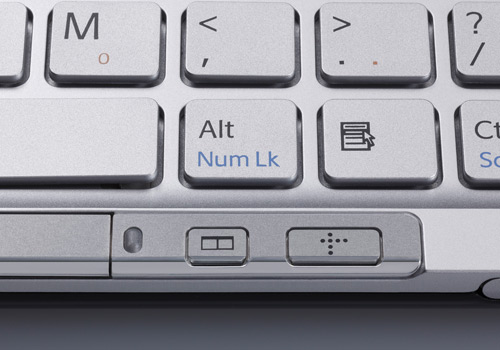Sony Vaio VGN-P31ZK
Specifications

Price comparison
Average of 2 scores (from 2 reviews)
Reviews for the Sony Vaio VGN-P31ZK
Source: Maximum PC
 Archive.org version
Archive.org versionSo what do you make of a tiny, yet full-fledged computer with a screen that causes eyestrain, a keyboard that’s hard to type on, and a nearly $2,000 price tag? The Verizon-enabled 3G wireless data connection and turn-by-turn GPS (utilizing Microsoft Streets & Trips 2009), offer some clues. The Vaio P is for the ultimate road warrior: someone who values portability above all else. We can’t think of anyone else with the small fingers, sharp eyes, and pot o’ gold required to get the most out of this device.
Single Review, online available, Short, Date: 03/10/2010
Rating: Total score: 60%
Source: Digital Versus
 Archive.org version
Archive.org versionBefore getting involved with netbooks, Sony tried them out with an earlier member of the Vaio P running Windows XP. Even smaller than the smallest netbook, the Sony Vaio P is also very light and extremely quiet. Unfortunately, though, it doesn't have enough battery life and is far too slow. A struggling hard drive is to blame, and it should have been replaced by a much faster SSD.
Single Review, online available, Medium, Date: 01/22/2010
Rating: Total score: 40%
Comment
Intel Graphics Media Accelerator (GMA) 500: Integrated (onboard) graphics chip on the UL11L, US15L, and US15W chipsets with a licensed PowerVR SGX core. DirectX 10.1 support but because of low clock rates (100-200 MHz UL11L - US15) and only 4 shaders not suited for 3D games. The integrated video decoder accelerates the playback of HD videos (MPEG2, VC-1, AVC).
These graphics cards are not suited for Windows 3D games. Office and Internet surfing however is possible.
» Further information can be found in our Comparison of Mobile Graphics Cards and the corresponding Benchmark List.
Intel Atom: The Intel Atom series is a 64-Bit (not every model supports 64bit) microprocessor for cheap and small notebooks (so called netbooks), MIDs, or UMPCs. The speciality of the new architecture is the "in order" execution (instead of the usual and faster "out of order" execution). Therefore, the transistor count of the Atom series is much lower and, thus, cheaper to produce. Furthermore, the power consumption is very low. The performance per Megahertz is therfore worse than the old Pentium 3M (1,2 GHz on par with a 1.6 GHz Atom).
Z540: Power saving Atom processor (even more power efficient than the N-series) with 1.83 GHz and therefore a bit faster than usually 1.6 GHz clocked Atoms.» Further information can be found in our Comparison of Mobile Processsors.


















